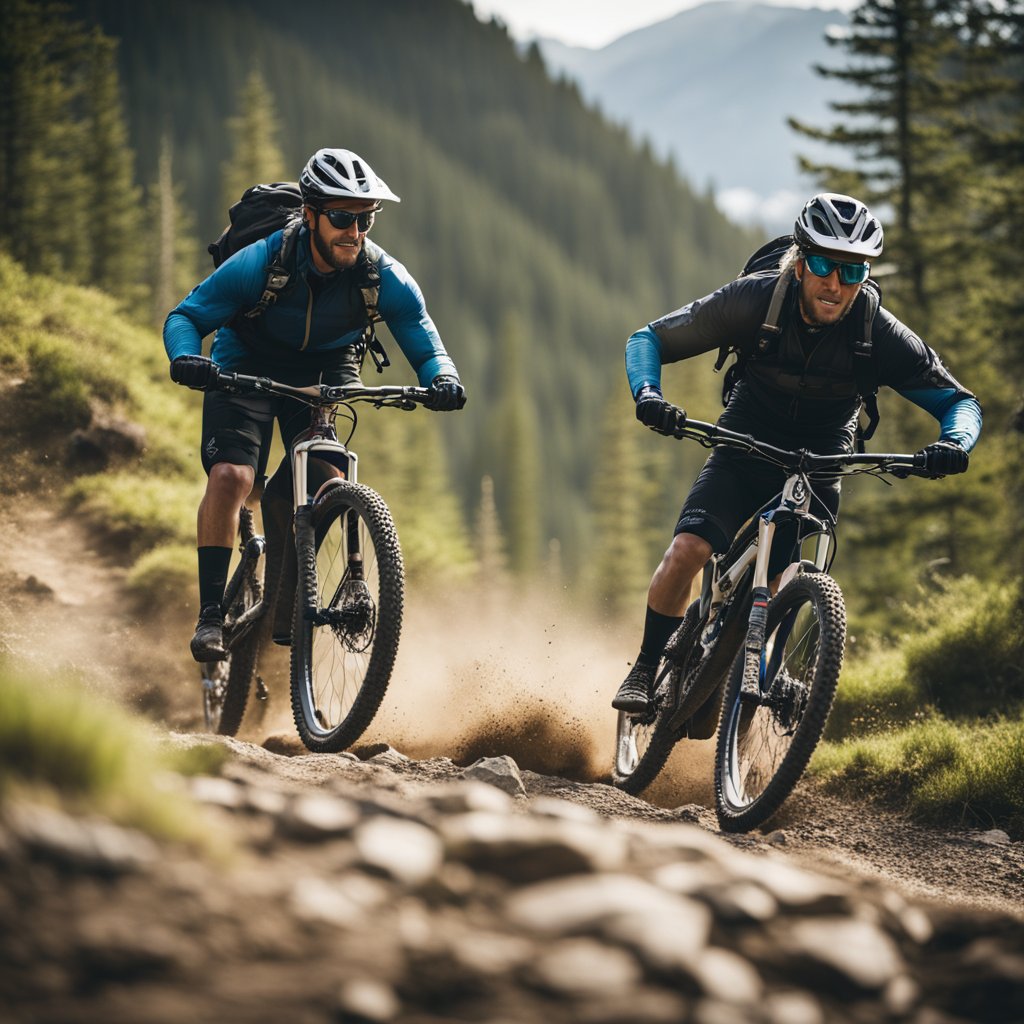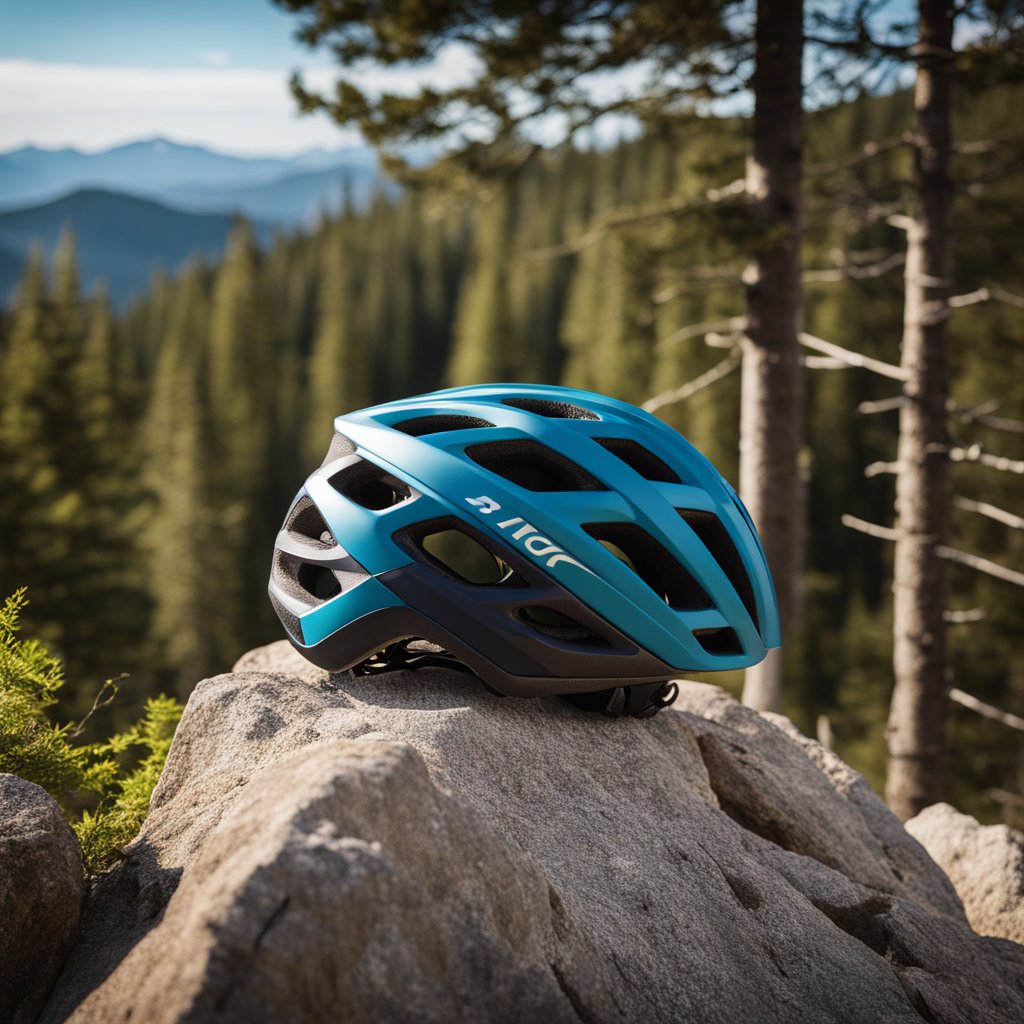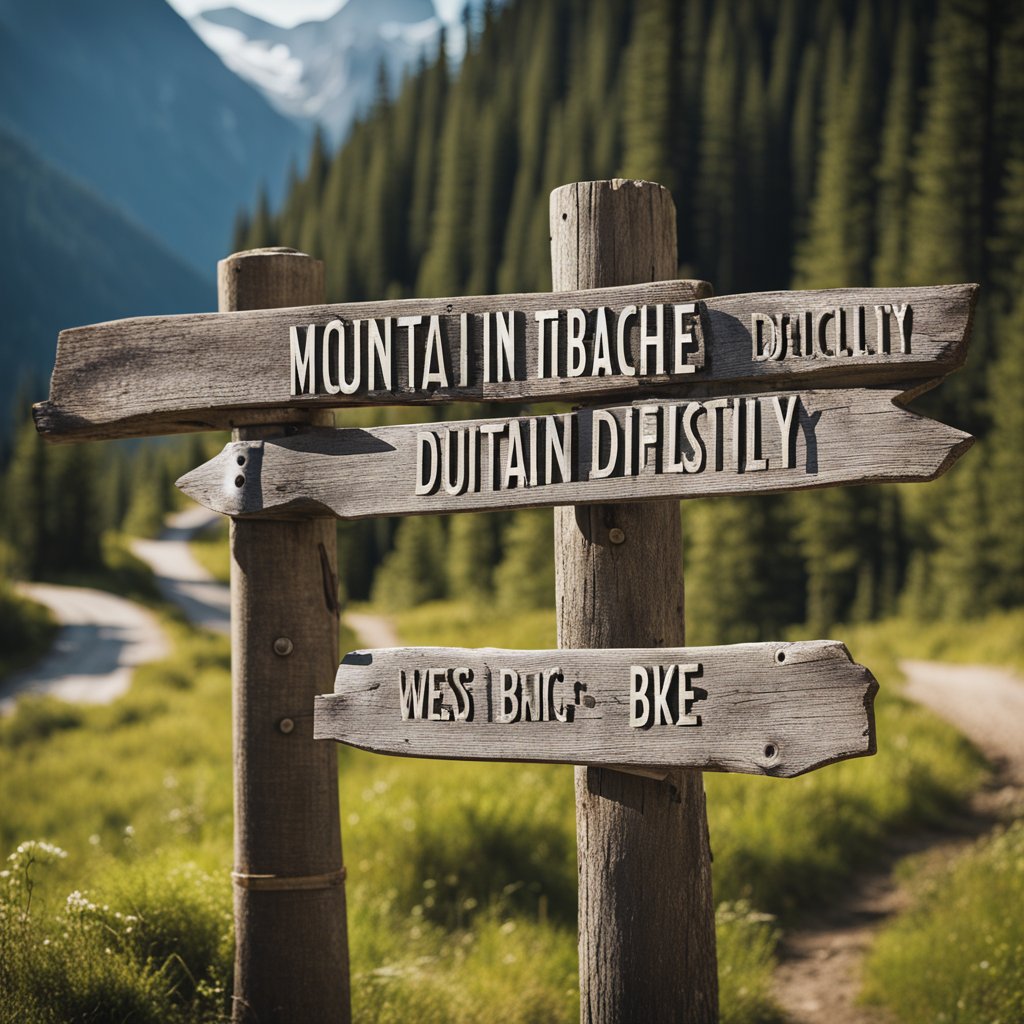Understanding Bike Suspension
Mountain biking is an exciting and challenging sport that requires a bike with a good suspension system. The suspension is the part of the bike that absorbs shock and keeps the wheels in contact with the ground. There are two main types of mountain bikes: hardtail and full suspension. Each type of bike has its own unique suspension system that affects the way it rides.
Types of Mountain Bikes
Hardtail mountain bikes have a suspension fork on the front of the bike but do not have a rear shock. This means that the rear of the bike is rigid, and all the shock absorption is done by the front suspension. Hardtails are known for their efficiency when pedaling, making them ideal for cross-country riding, where speed and endurance are important.
Full suspension mountain bikes have a suspension fork on the front of the bike and a rear shock that absorbs shock from the rear wheel. This type of bike is ideal for more technical terrain, where the rear suspension can help keep the bike stable and in contact with the ground.
Suspension Fork and Rear Shock Basics
The suspension fork is the part of the bike that attaches the front wheel to the frame. It contains a spring that compresses when the bike hits a bump, absorbing the shock. Suspension forks come in different travel lengths, which refers to the distance the fork can compress.
The rear shock is the part of the bike that attaches the rear wheel to the frame. It works in a similar way to the suspension fork, absorbing shock from the rear wheel. Rear shocks also come in different travel lengths, which affects how much shock they can absorb.
When choosing a mountain bike, it’s important to consider the type of riding you’ll be doing and the terrain you’ll be riding on. Hardtail bikes are ideal for cross-country riding, while full suspension bikes are better suited for more technical terrain. The suspension system of your bike is an important factor in how it handles and performs, so it’s important to choose the right type of bike for your needs.
Comparing Hardtail and Full-Suspension Bikes
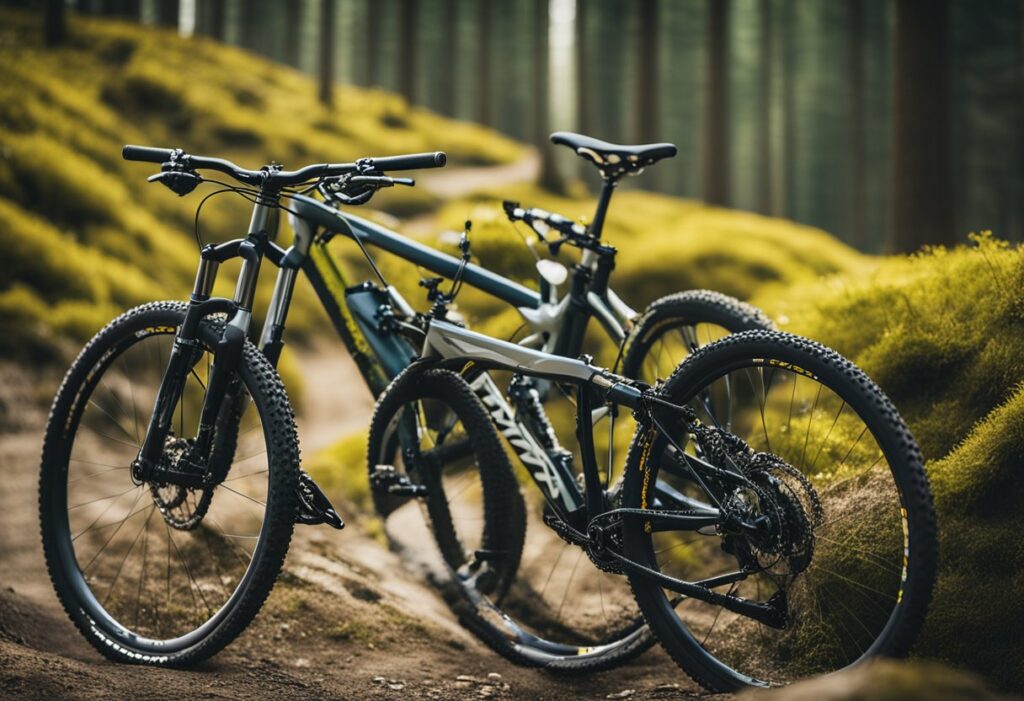
When choosing between a hardtail and full-suspension mountain bike, there are several factors to consider. Here we will compare the two types of bikes based on weight and efficiency, traction and control, and comfort and performance on trails.
Weight and Efficiency
One of the main differences between hardtail and full-suspension mountain bikes is weight. Hardtail bikes are generally lighter than full-suspension bikes because they do not have a rear shock. This means that hardtail bikes are more efficient when pedaling on smooth trails and climbing hills. On the other hand, full-suspension bikes are heavier due to the added weight of the rear shock, which can make them less efficient on smooth trails and when climbing.
Traction and Control
When it comes to traction and control, full-suspension bikes have the advantage. The rear shock of a full-suspension bike helps to keep the rear wheel in contact with the ground, providing better traction on technical trails and when descending. Full-suspension bikes also offer more control when riding over rocky terrain, as the rear shock helps to absorb the impact of rocks and other obstacles.
Hardtail bikes, on the other hand, are better suited for riding on smooth trails. They offer less traction and control than full-suspension bikes, but they are still capable of handling technical terrain with the right skills and technique.
Comfort and Performance on Trails
Full-suspension bikes are generally more comfortable than hardtail bikes, especially on long rides over rough terrain. The rear shock helps to absorb the impact of bumps and rocks, reducing fatigue and allowing you to ride for longer periods of time.
When it comes to performance on trails, both hardtail and full-suspension bikes have their strengths and weaknesses. Hardtail bikes are more efficient when pedaling and climbing, making them a good choice for riders who prioritize speed and agility. Full-suspension bikes, on the other hand, offer better traction and control on technical terrain, making them a good choice for riders who prioritize comfort and stability.
In summary, when choosing between a hardtail and full-suspension mountain bike, consider the type of terrain you will be riding on, your riding style, and your priorities for weight, efficiency, traction, control, comfort, and performance.
Practical Considerations
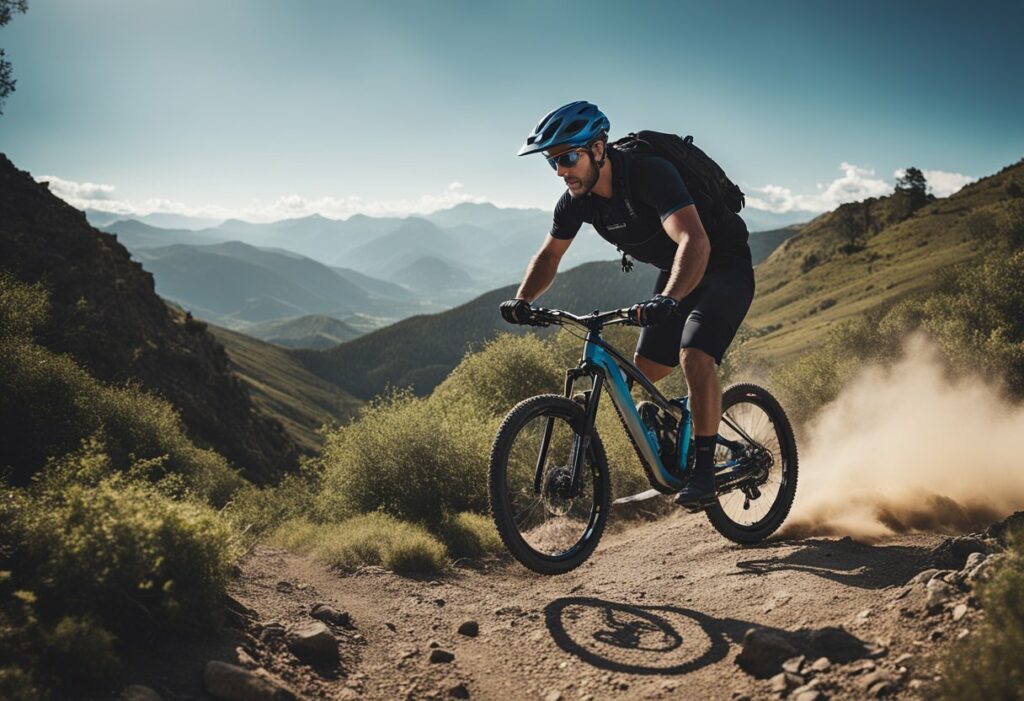
When it comes to choosing between a hardtail and full suspension mountain bike, there are several practical considerations that you should keep in mind. These include maintenance and upkeep, price and budget, and riding style and terrain.
Maintenance and Upkeep
One of the main practical considerations when choosing between a hardtail and full suspension mountain bike is maintenance and upkeep. Full suspension bikes have more moving parts, which can make them more complex and expensive to maintain. On the other hand, hardtail bikes have fewer moving parts, which can make them easier and cheaper to maintain.
Price and Budget
Another practical consideration when choosing between a hardtail and full suspension mountain bike is price and budget. Full suspension bikes tend to be more expensive than hardtail bikes, which can make them less accessible for entry-level or budget-conscious riders. However, if you have more experience or are willing to invest more money, a full suspension bike may be worth the extra cost.
Riding Style and Terrain
Finally, your riding style and the terrain you plan to ride on are important practical considerations when choosing between a hardtail and full suspension mountain bike. Hardtail bikes are generally better suited for smoother trails and cross-country riding, while full suspension bikes are better suited for rougher terrain and downhill riding. If you plan to climb a lot of hills, a hardtail bike may be more efficient, while if you plan to ride technical trails, a full suspension bike may offer better traction and handling.
In summary, when choosing between a hardtail and full suspension mountain bike, it is important to consider practical factors such as maintenance and upkeep, price and budget, and riding style and terrain. By taking these factors into account, you can choose the bike that best meets your needs and preferences.
Frequently Asked Questions
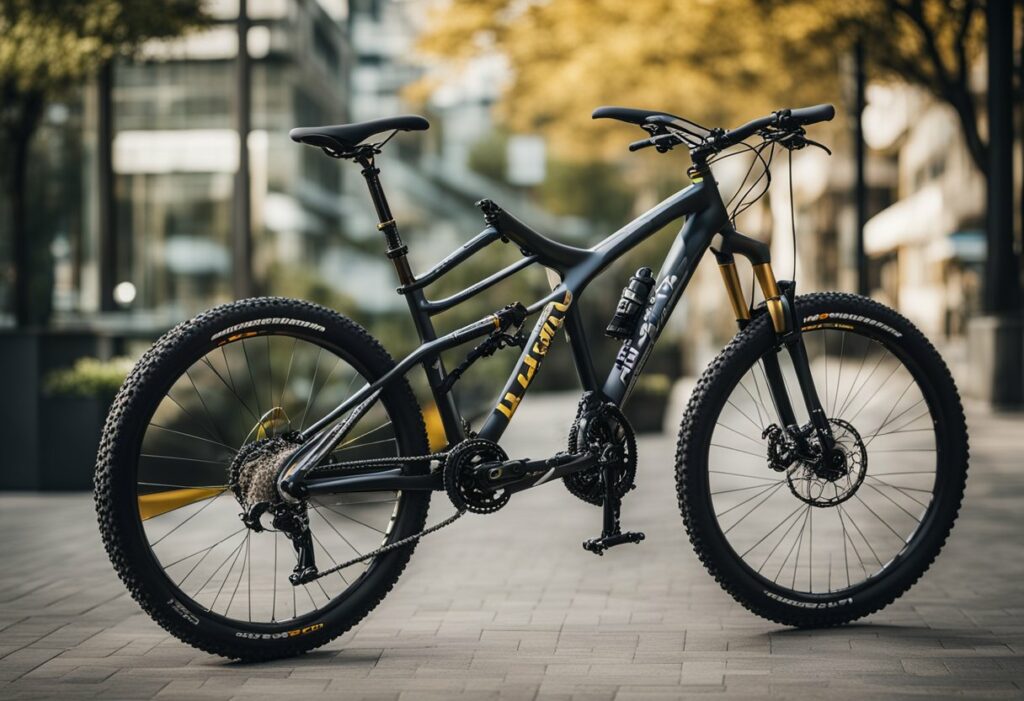
What are the advantages of riding a hardtail mountain bike?
Hardtail mountain bikes are generally more efficient while pedaling and they are lighter than full suspension bikes. This makes them a great choice for cross-country riding, smooth trails, and for those who are looking to save some money. Hardtails are also easier to maintain as they have fewer moving parts.
In what scenarios is a full suspension mountain bike the better choice?
Full suspension mountain bikes are better suited for technical and rough terrains as they offer better traction and control. They also absorb shock better than hardtails, making them more comfortable to ride for longer periods of time. If you are looking to ride downhill or on rough terrain, a full suspension bike is the better choice.
How does the choice between hardtail and full suspension affect bike weight and handling?
Hardtails are lighter than full suspension bikes because they don’t have a rear shock and fewer components. This makes them easier to handle, especially when climbing. Full suspension bikes are heavier, but they offer better traction and control on technical terrain.
What should a beginner consider when choosing between a hardtail and a full suspension bike?
Beginners should consider their riding style and the type of terrain they will be riding on. If you are mostly riding smooth trails, a hardtail is a great choice. If you are looking to ride more technical terrain, a full suspension bike is the better choice. Beginners should also consider their budget as hardtails are generally less expensive than full suspension bikes.
What are the cost differences between hardtail and full suspension mountain bikes?
Hardtail mountain bikes are generally less expensive than full suspension bikes. However, as you move up in price range, the cost difference between the two becomes less significant. High-quality, entry-level full suspension mountain bikes start at about $1,500.
Can you compare the performance of a 29er hardtail to a full suspension on varied terrain?
A 29er hardtail can perform well on varied terrain, but it may not offer the same level of comfort and control as a full suspension bike. Full suspension bikes are better suited for technical terrain and downhill riding. However, a 29er hardtail can be a great choice for cross-country riding and smooth trails.
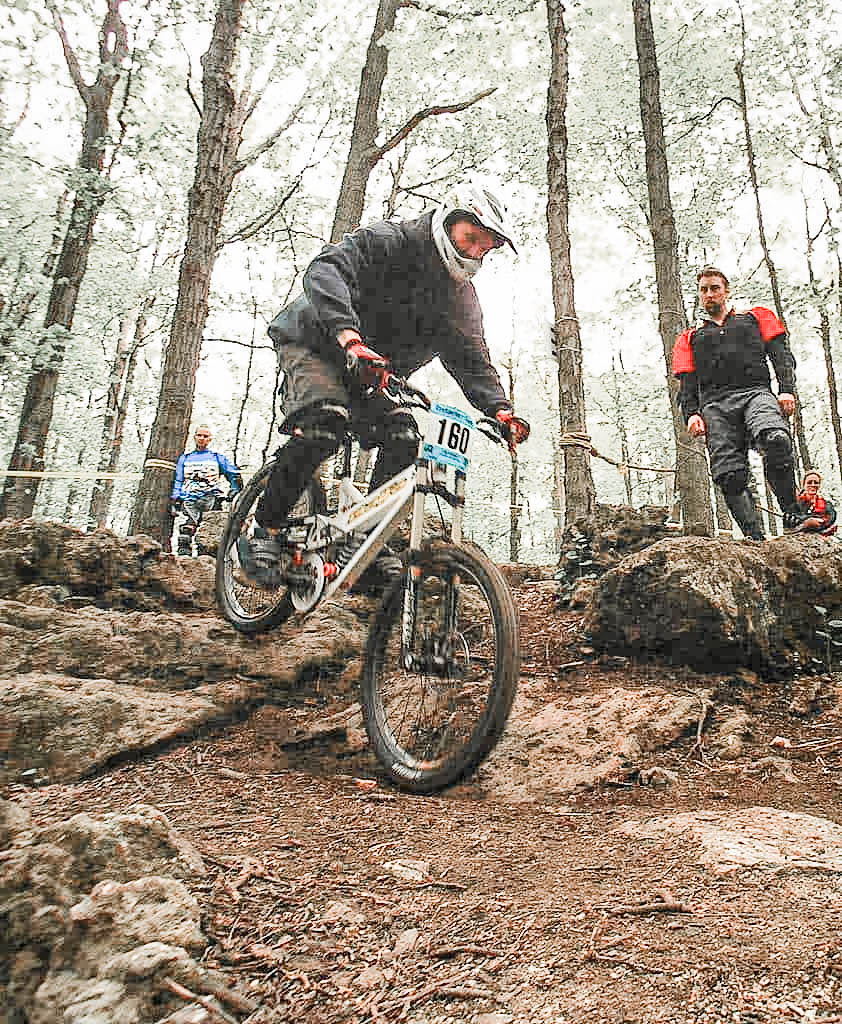
Tim is the founder of SimpleMTB and has been mountain biking for decades. He raced in the Ontario Cup series during his teenage years and riding continues to be one of his favorite hobbies now as an adult.
